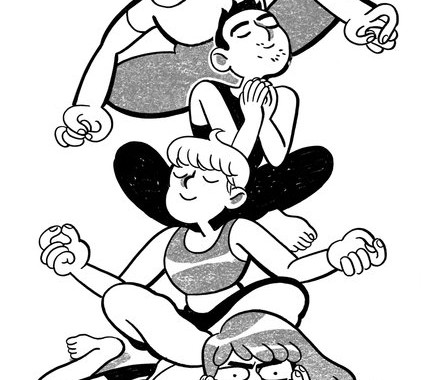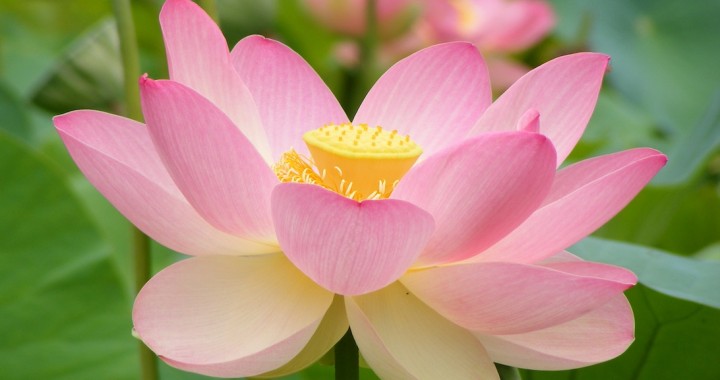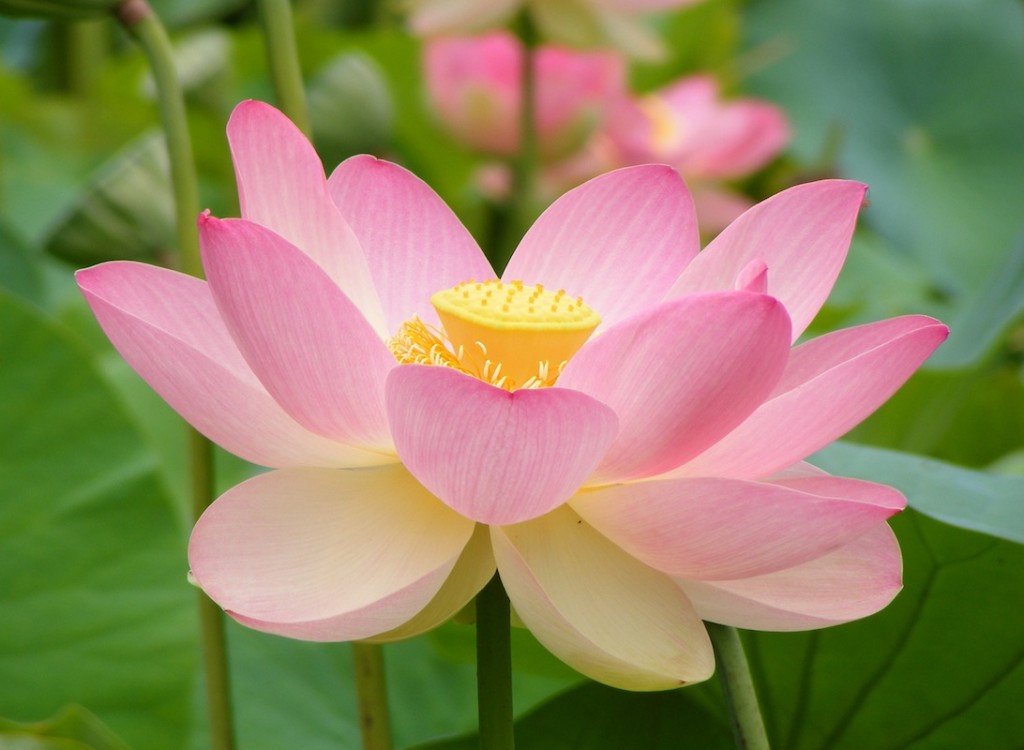 This article was the most emailed article on NYTimes.com over the weekend.
This article was the most emailed article on NYTimes.com over the weekend.
On one level, I agree with Adam Grant. Mindfulness is not a panacea. And although it provides many well-tested benefits (here’s a meta-analysis of 209 studies involving over 12,000 participants), it certainly isn’t the only “effective treatment for a variety of psychological problems.” It is one of many, and ought to be coupled with others (like psychotherapy, regular exercise, nourishing relationships, a healthy diet, etc.).
That said, there is a deeper benefit of mindfulness which is rare, hard to measure, and often overlooked. When practiced as an integrated path—including practice in life, incorporating impeccable ethics, integrating even the most onerous parts of ourselves—it can offer what is traditionally promised: complete freedom from suffering. Mindfulness can open the door to a love which is more profound than any we could find in a relationship, and a sense of well-being which is utterly independent of the conditions of our lives. No matter how many times I notice that a rubber band can be used as an eraser, I will never find that sort of freedom.
So in a sense, it all comes down to this: What are you seeking? Do you want stress reduction? Do you want a better night’s sleep? Is a boost in your happiness enough, or are you looking for something deeper?









 If relational mindfulness is your focus, one way to practice is to use Lovingkindness and Noting Feeling States techniques as two complementary strategies. I like to think of them as: "backing off" and "being with." Otherwise known as "turning away" and "turning toward."
If relational mindfulness is your focus, one way to practice is to use Lovingkindness and Noting Feeling States techniques as two complementary strategies. I like to think of them as: "backing off" and "being with." Otherwise known as "turning away" and "turning toward."